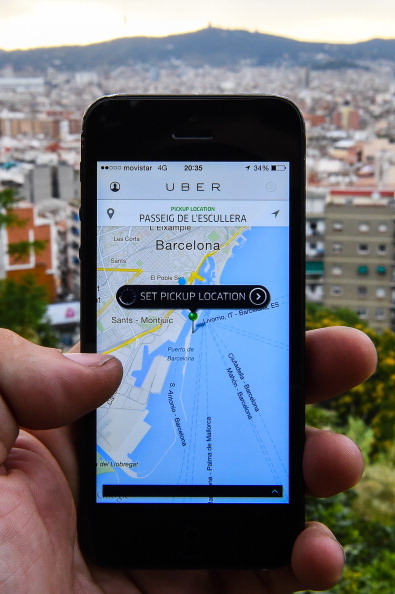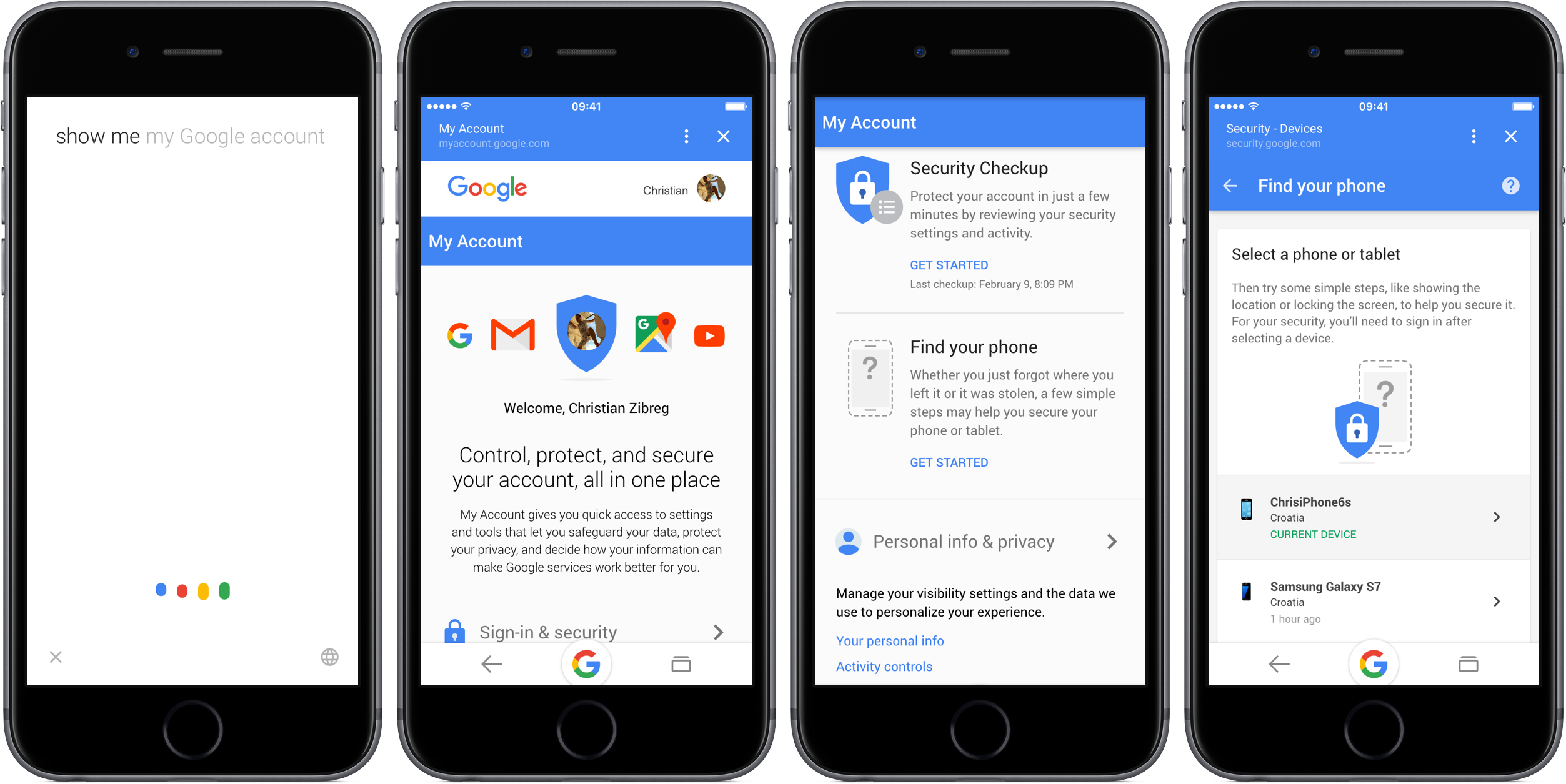

Apple says the security key provides “extra protection from targeted attacks, such as phishing or social engineering scams.” While a scam website or app might trick you into revealing a six-digit number, getting you to hand over a physical object is much harder. The thinking is that having something physical that stays with you is more secure than a passcode, which can be guessed, brute-forced, or viewed over your shoulder.


The security key replaces that second step, the passcode. If you already have 2FA set up on your account, you’re familiar with logging into a new Apple device using your email address and password and then having a six-digit code sent via SMS or to another device (like an iPhone or a Mac) that you're already logged in on. These keys work in tandem with two-factor authentication (2FA), so you still need your password. If your devices current location is not being shown, try zooming out or. Sign In Find your iPhone, iPad, Mac, Apple Watch, AirPods, or Beats. From there, scroll down and ensure that the Find My iPhone toggle switch is ON. Use your Apple ID or create a new account to start using Apple services. It’s a great way to boost your security, and here’s how it works. Open the Find My iPhone app on another iOS device or sign in to . To do this, open up the Settings app and tap on iCloud. In other words, a physical device can verify your Apple ID login in place of a passcode. Apple continues to tighten iOS security, and iOS 16.3 (and iPadOS 16.3, and macOS Ventura 13.2) includes support for physical security keys.


 0 kommentar(er)
0 kommentar(er)
